Woodworker’s Guide to Steel
An understanding of the basics can help when it comes time to buy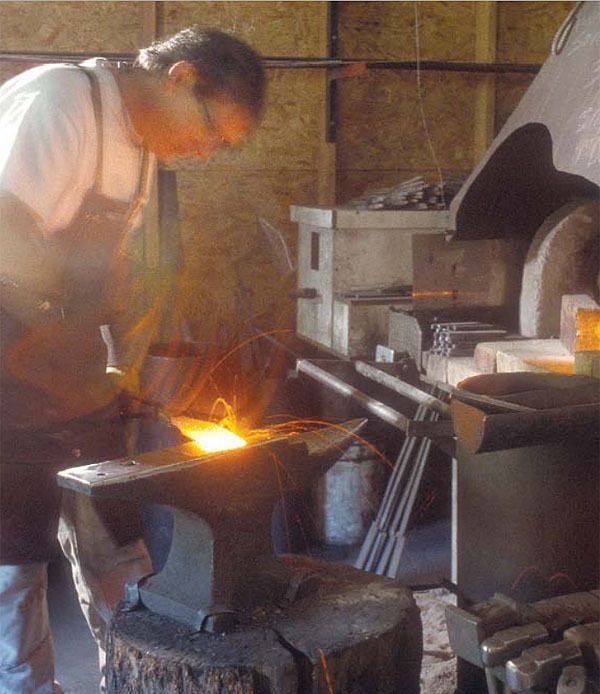
Synopsis: The strength of steel and its ability to retain a sharp edge are largely dependent on its microstructure. Woodworking cutting tools present a special challenge, and steel expert and woodworker George Walker explains the types of steel available, steel grading systems, and which kinds are used in different tools.
From Fine Woodworking #169
Steel is a logical choice for cutting tools because it offers good strength and resistance to fracture. Plus, it’s durable, resists wear, and is relatively economical, as materials go.
However, not all steel is created equal. I learned this 30 years ago as an apprentice in a tool-hardening shop hoisting chunks of hot steel in and out of furnaces. I shadowed a journeyman toolmaker who kept notebooks full of recipes: Cook steel one way to make a spring; use another recipe to make a knife. At the time, it looked like voodoo to me. Gradually, though, the experience grew into a working knowledge of steel.
Woodworking cutting tools present a special challenge. The blade is honed to a razor-thin edge, then the edge is pushed through a dense and stubborn material—wood. The entire load of the cutting tool is pressing on a very small area.
The strength of steel and its ability to retain a sharp edge are largely dependent on its microstructure. An edge won’t stay sharp if the crystal structure is full of voids or foreign materials that will weaken it and break loose. Toolmakers strive to produce better steel by creating a stronger and more homogenous crystal structure. Steel moves closer to its maximum strength when the crystal grains are smaller, of consistent size, and absent of foreign materials. Such steel is said to be “fine grained” or “clean.”
Steel is a product of both iron and carbon. Carbon allows the steel to be hardened. When the ingredients are heated to about 1,800°F, the carbon dissolves into the iron to create steel. All types of steel can be grouped into two main classes: carbon steel and alloy steel.
Carbon steel: When steel is made almost entirely of iron and carbon—typically 98% iron and less than 1.5% carbon, with trace amounts of other materials showing up only inadvertently—it is called carbon steel.
Carbon steel is the least refined and lowest priced of the various steels. Steelmakers classify carbon steels into several groups, but only high-carbon steel is used in cutting tools. All high-carbon steel contains between 0.45% and 1.5% carbon.
For the full article, download the PDF below.
Fine Woodworking Recommended Products

AnchorSeal Log and Lumber End-Grain Sealer

DeWalt 735X Planer

Ridgid R4331 Planer


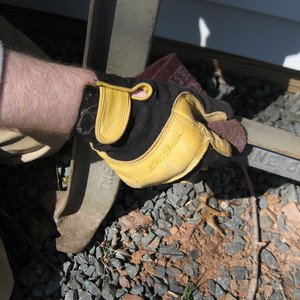
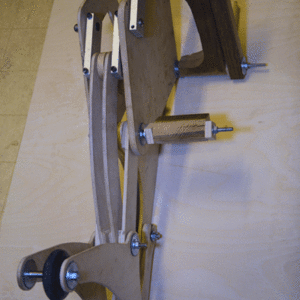
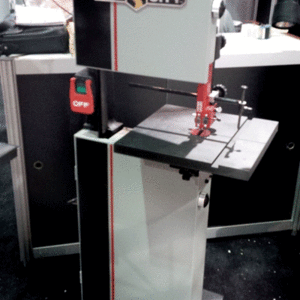







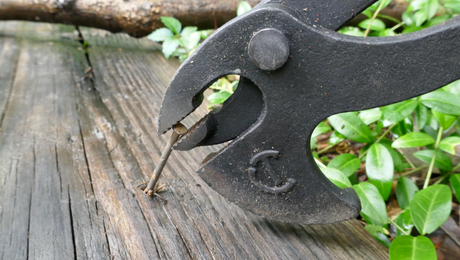








Log in or create an account to post a comment.
Sign up Log in